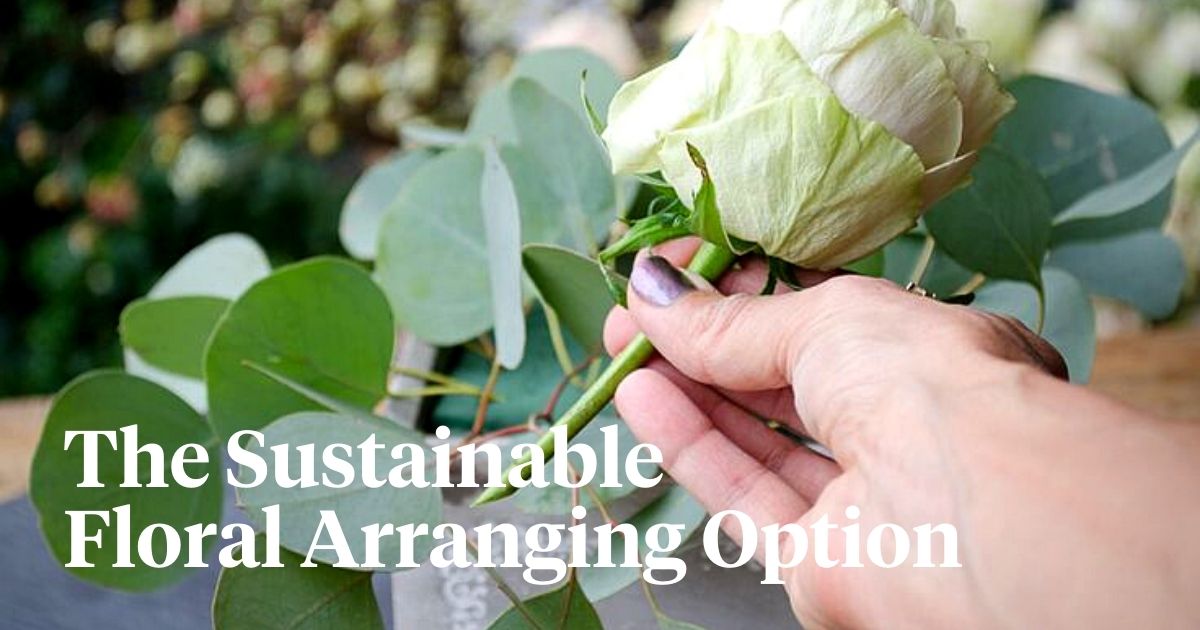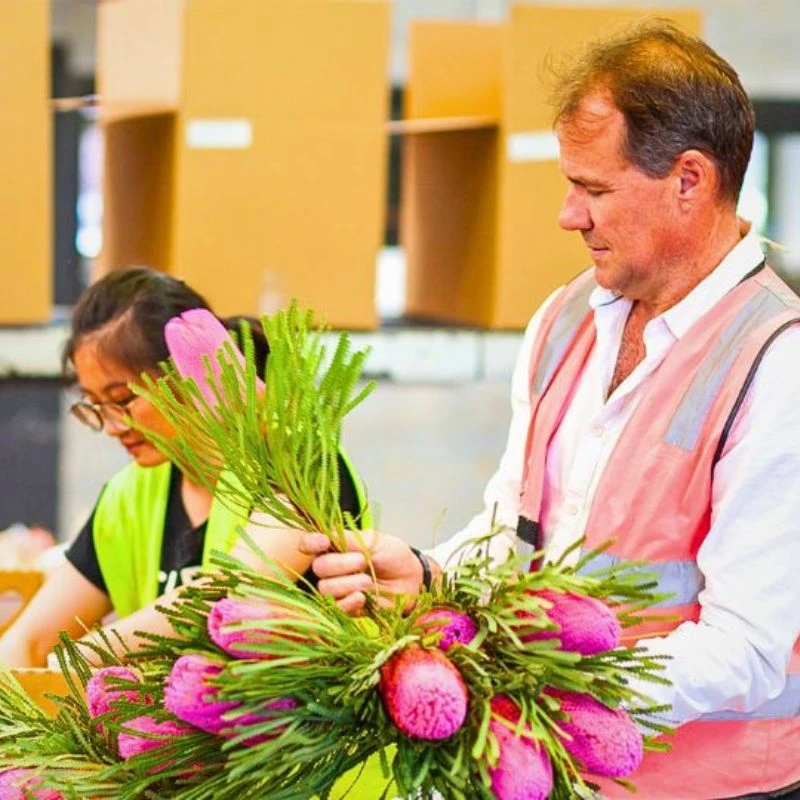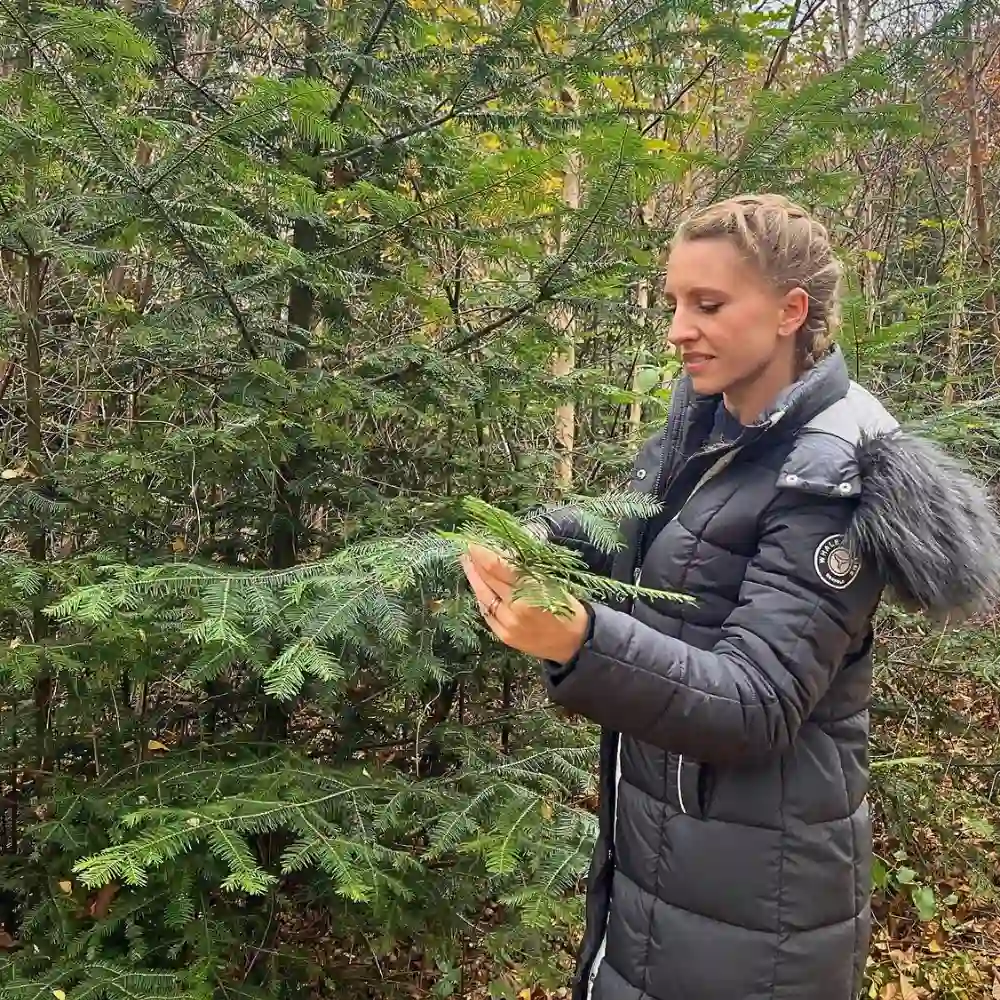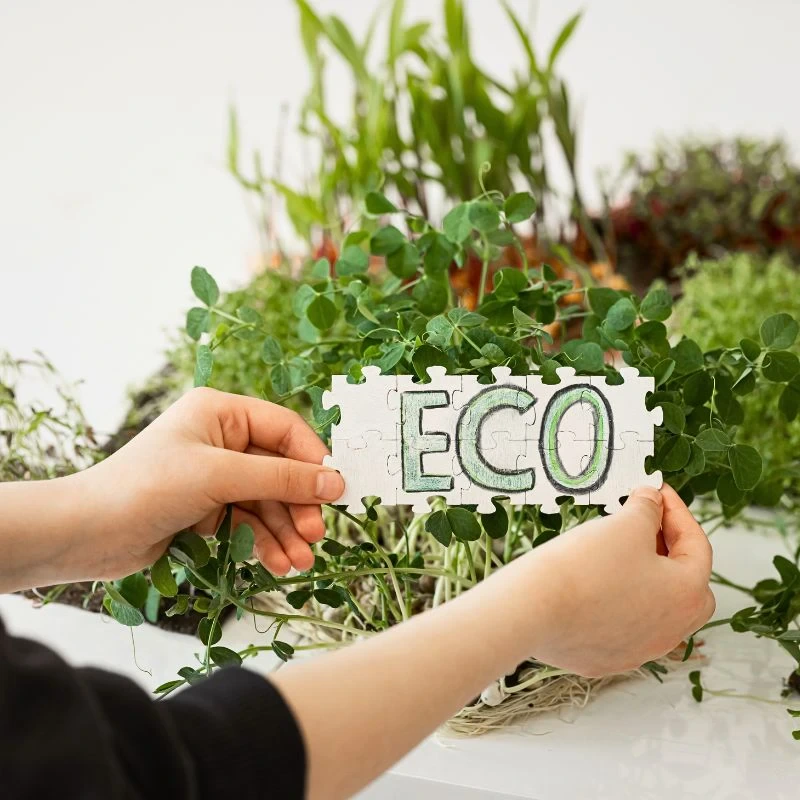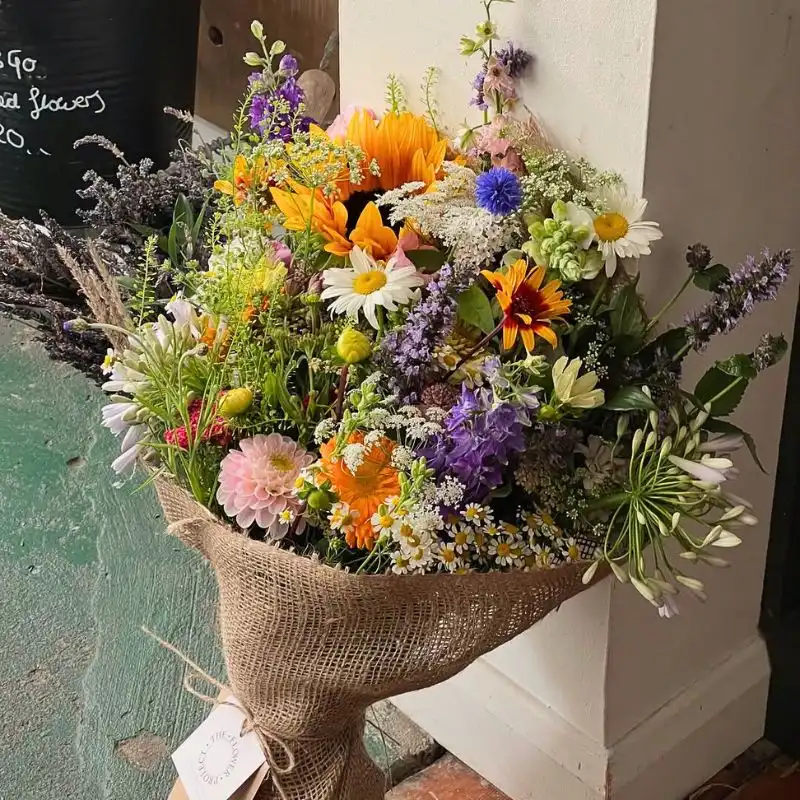Floral foam is widely used in floral design and arrangements because, yes, it is really convenient. By anchoring flower stems in it, florists can build unique, huge, and sometimes gravity-defying arrangements. The foam also comes with its ability to soak up and retain water which improves the longevity of the flowers. It also provides a stable reinforcing base for anchoring the flowers in an arrangement.
However, its main problem is in its own making. Because it is not biodegradable. The foam possesses a longevity that does more harm than good to the environment. It is a fact that plastic takes hundreds of years to break down - some researchers even imply that plastic may never break down at all - and always ends up in landfills, drains, and the environment; including in streams, rivers, ponds, lakes and oceans. Once you dispose of floral foam somewhere, that’s likely where it will forever remain!
Researchers’ Thoughts on the Use of Floral Foam
While some florists may have no misgivings about using this material in their floral arrangements, due to the sustainability trends in flower production and floristry, a significant number of floral designers and scientists feel it isn't right to use it. This is given the edicts of sustainability and floriculture production processes.
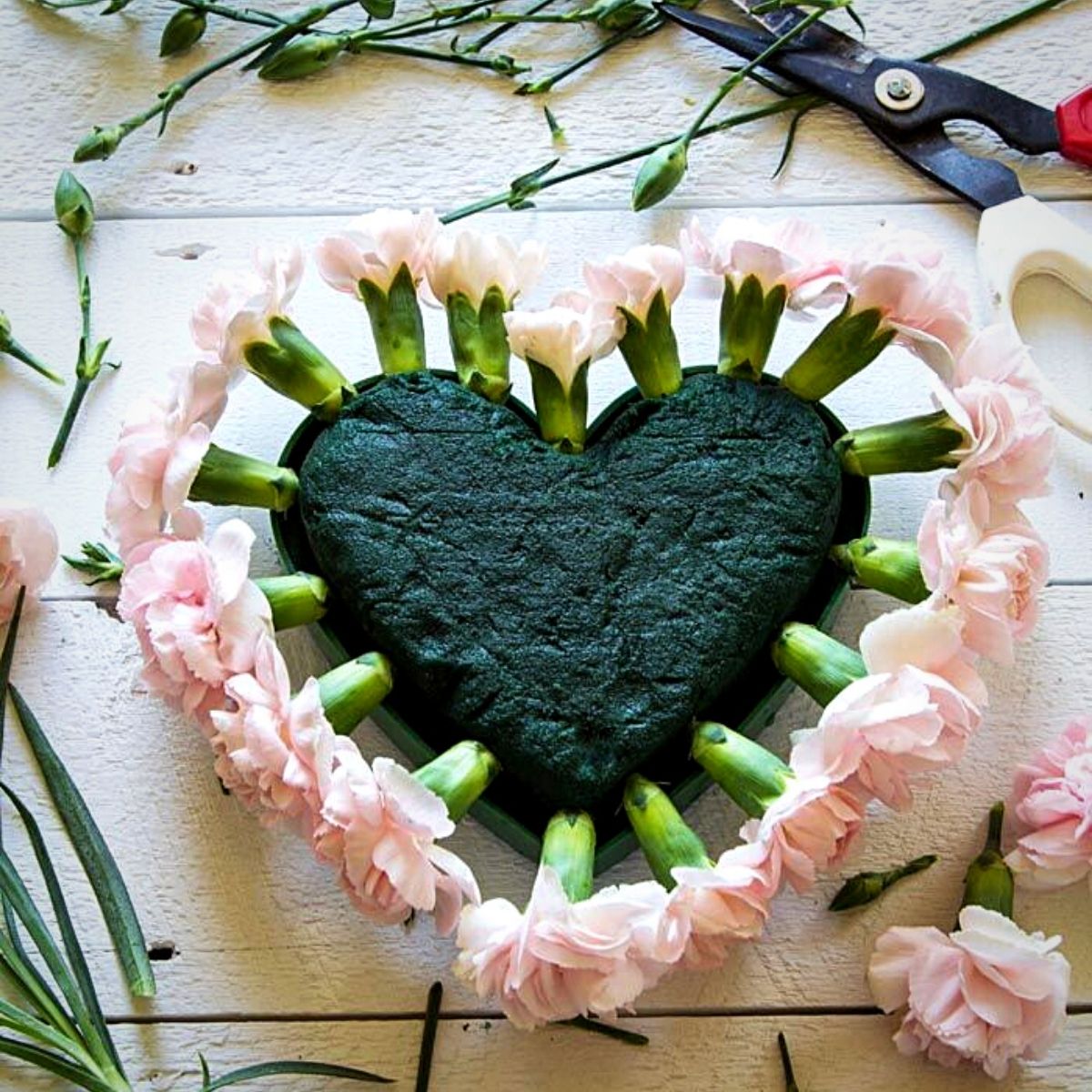
Photo by Modern Wedding
Then also, this material, according to studies, has been shown to have some effects not only on environmental, human, and wildlife health but also on the quality and vase life of some flowers, especially cut roses, sometimes reducing the vase life of specific rose varieties when used alongside some preservatives.
In an interview, Dr Charlene Trestrail, a water pollution researcher at the University of Technology Sydney, noted that previously whenever she bought flowers, she always found the green material at the bottom of the flower box and hardly paid much attention to it. But in a new social phenomenon - around 2018 and 2019 - she observed people crush the material – often draining it in sinks - and realized that it wasn't a natural material. It was plastic!
Dr Charlene Trestrail:
“I realized that in crushing these floral foam blocks, we are creating countless numbers of microplastics that entered into the environment. I was keen to understand what that might do to the animals around us.”
Dr Trestrail’s research yielded information on the composition of floral foam and how it leaks toxic chemicals into water, plus its overall detrimental effects on the environment, wildlife, and human health. Phenol, which is a component in floral foam, can kill aquatic animals. Sometimes, animals also confuse floral foam to be part of their diet and often end up consuming it, thereby, ingesting the toxic matter.
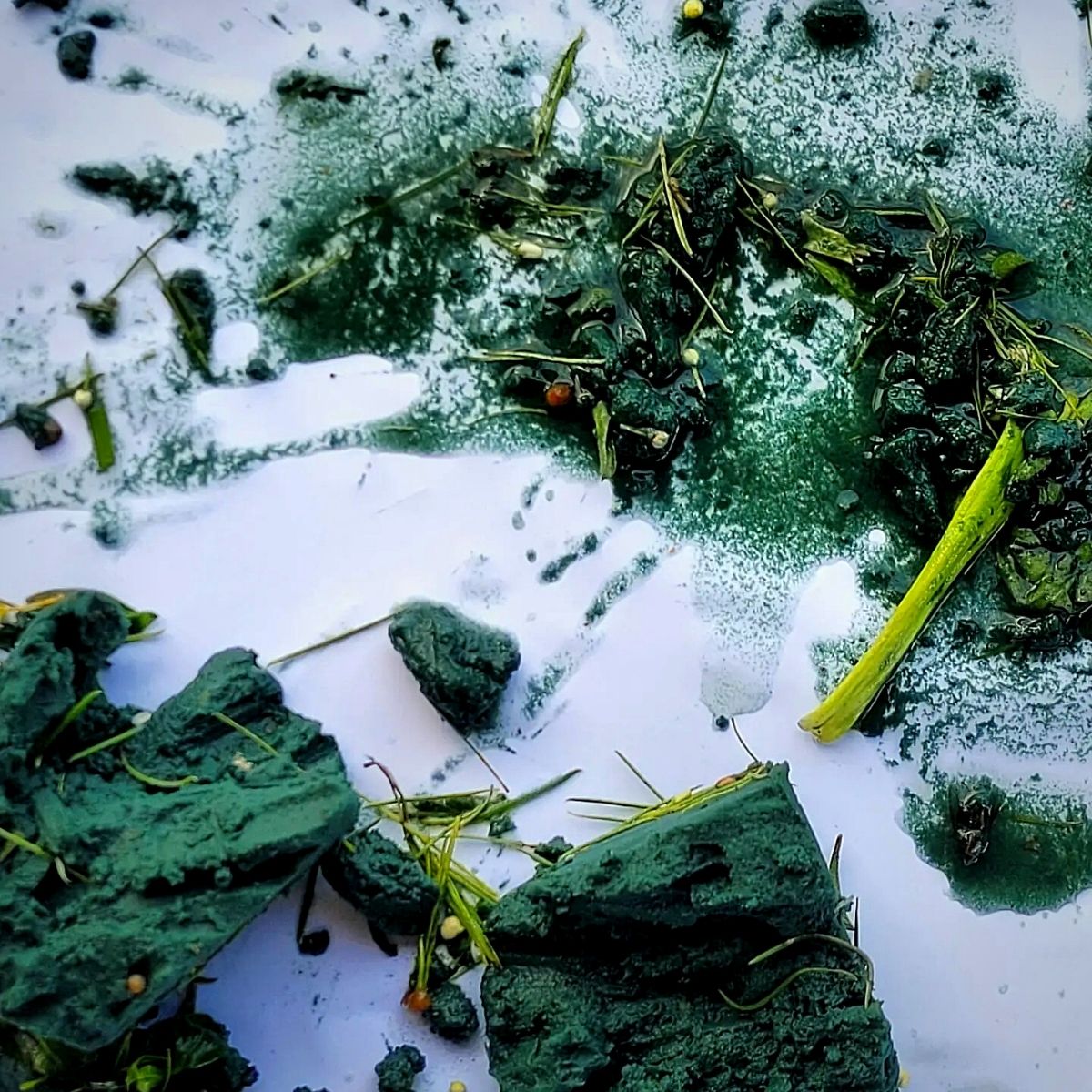
Photo by @nofloralfoam
Floral foam also tends to clog water streams, the University of Adelaide molecular pharmacologist and toxicologist, Dr. Ian Musgrave, for instance, indicates. According to him, just like putting any form of plastic in water streams and letting it wash away into a water body, washing – or draining - away floral foam is a bad idea.
In a past interview, Dr Ian Musgrave indicated:
"I would not flush it down the sink. It's probably not going to be very toxic, but you’re just adding more inert materials to the water stream which can potentially have adverse effects. Not because they are toxic, but organisms can eat this stuff. If it gets in waterways it possibly is a risk to marine life."
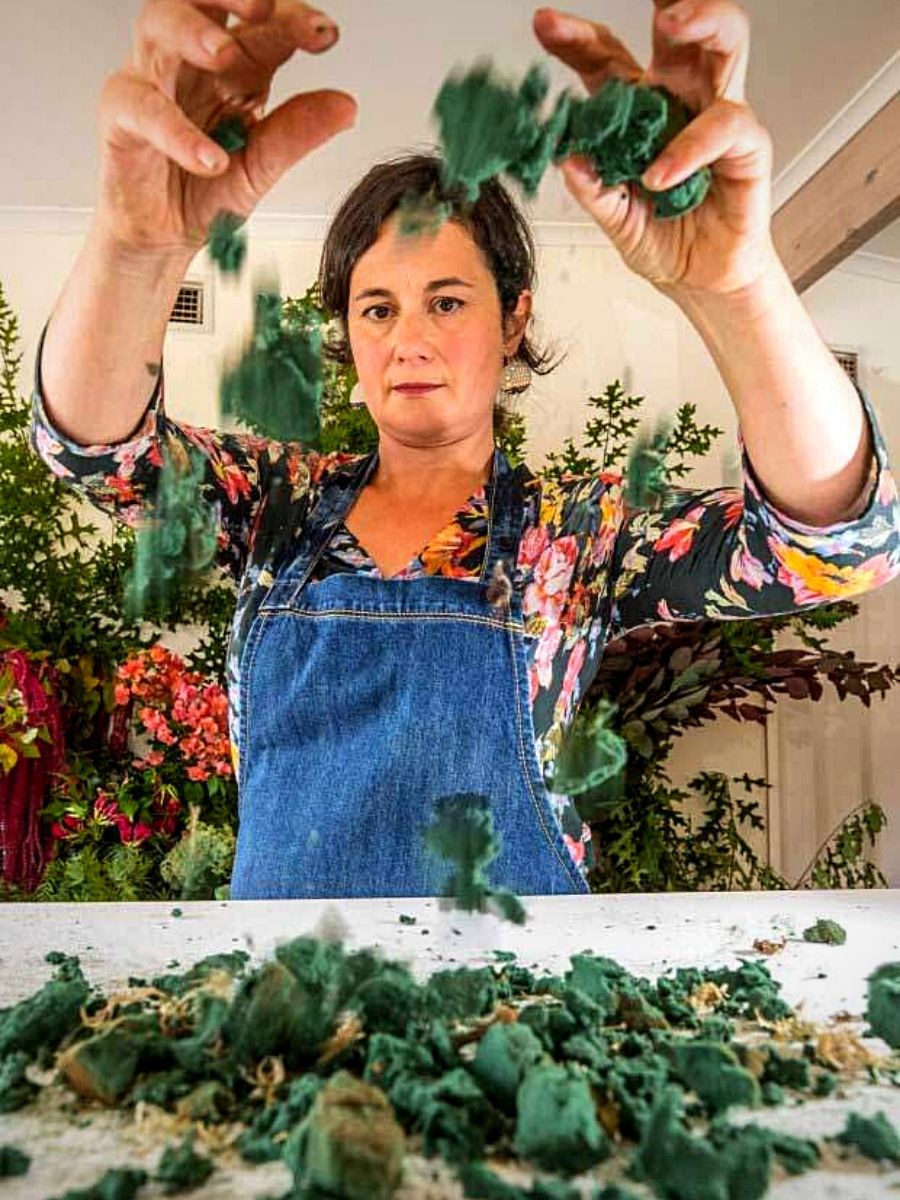
Dr Musgrave noted that while there was [then] not much research on floral foam, the microplastics of the foam ending up in waterways was a cause for concern. He believes there are many alternative products that florists could use such as twigs, sticks, vines, and chicken wire.
Floral Foam-Free Florists and Floral Designers
Sustainability-savvy florists are, accordingly, shunning this material and instead opting for products that are biodegradable and not toxic to both the environment, and humans and animals.
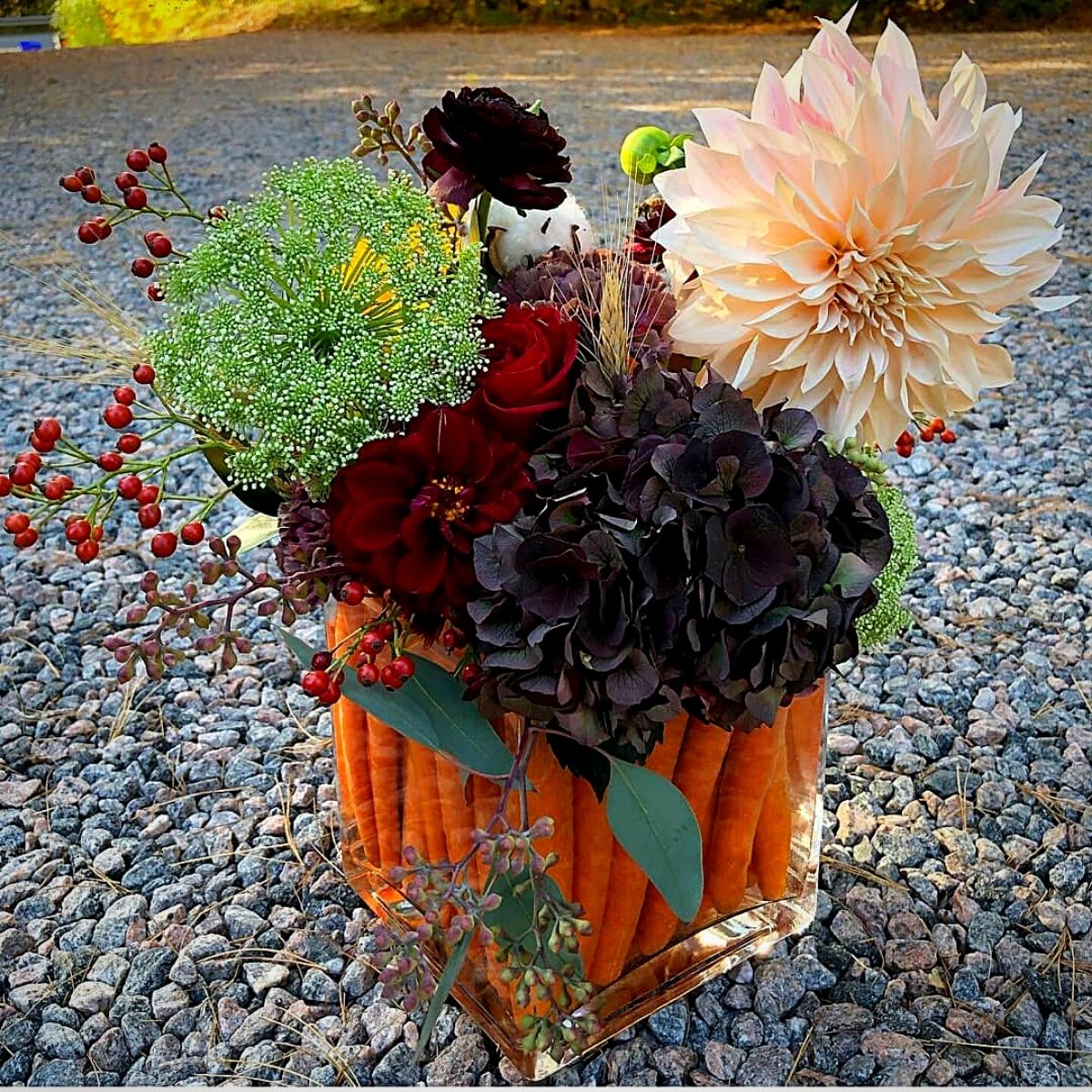
Photo by @nofloralfoam
For Melbourne-based florist Rita Feldmann, the concern is more about the impact of the widely used floral foam on the environment. Ms Feldmann and a growing number of florists, congregating around a sustainable floristry network with the theme @nofloralfoam and which has some 40,000 supporters on Instagram, are concerned about the health and environmental impacts of the foam - which is used in great quantities every year, and then promptly discarded thereafter.
Many florists who use it, according to her, often just discard the material inconsiderately, which is quite an insensitive way to dispose of the material.
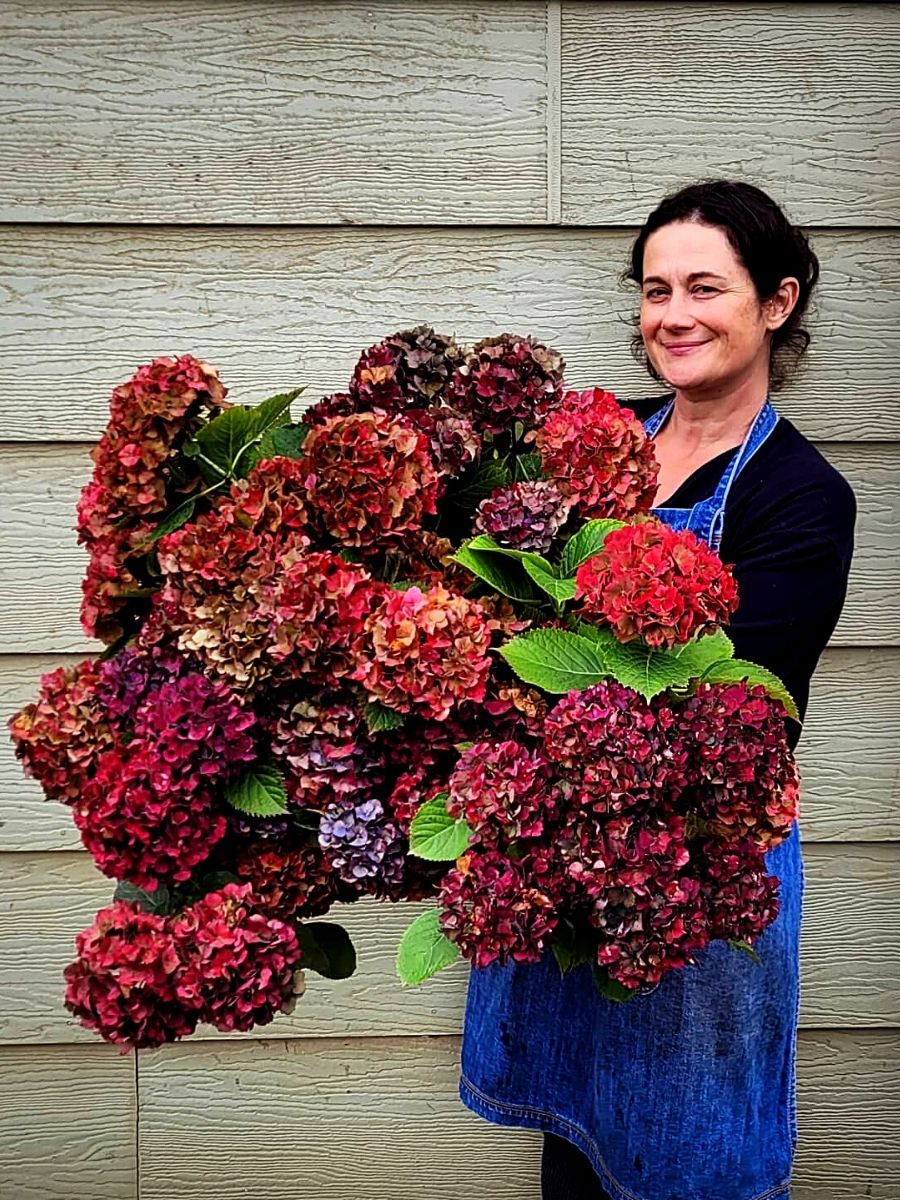
Photo by @feldflowers
Rita Feldmann:
"It is [floral foam] everywhere. You go to a supermarket, grab a block of flowers, and it’s at the bottom of the flowers. At races, weddings, it’s all foam."
Yet unfortunately, according to Shane Connolly, a florist for the British royal family and who made floral arrangements for the Duke and Duchess of Cambridge’s 2011 wedding, it is sometimes difficult to find conclusive scientific research to either allay or confirm the fears about floral foam.
"What we, however, do know is that it [floral foam] is not biodegradable. And that it contains known carcinogens.”
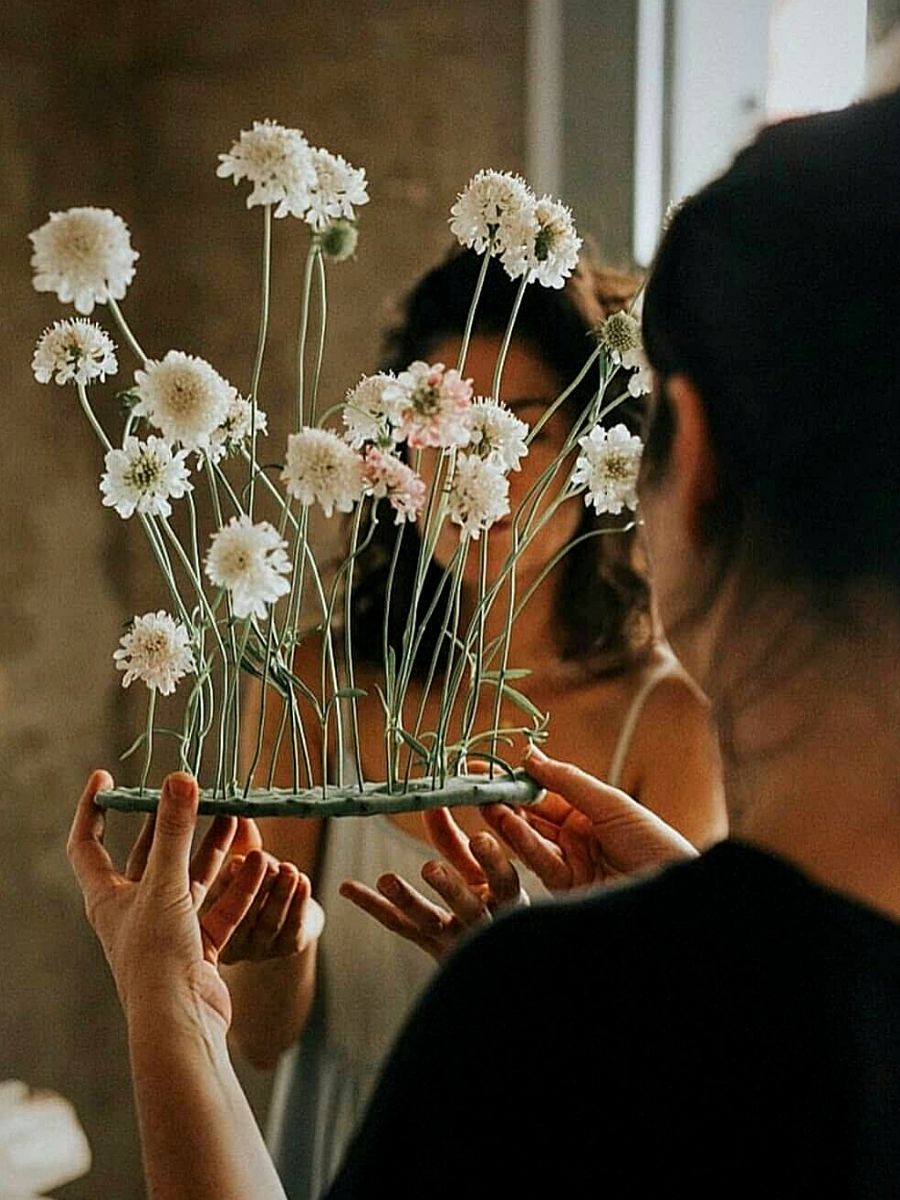
Photo by @nofloralfoam
Cape Town-based South African florist, Mabel Maposa is a floral sustainability campaigner, who is passionate about conducting her floral business sustainably. Her approach to floral design is inspired by nature and all forms of art, all of which combine to transform her works into timeless, lush, and naturally styled pieces.
An advocate and educator of sustainable floristry both in Africa and beyond, Mabel who runs Mabel M Florals, focuses on custom-designed, floral foam-free techniques to create her flower arrangements. For her, floral sustainability is a key issue that has to be adhered to in floristry and the floral design industry. Accordingly, she shares this knowledge through Sustainable Floral Artistry Education Masterclasses.
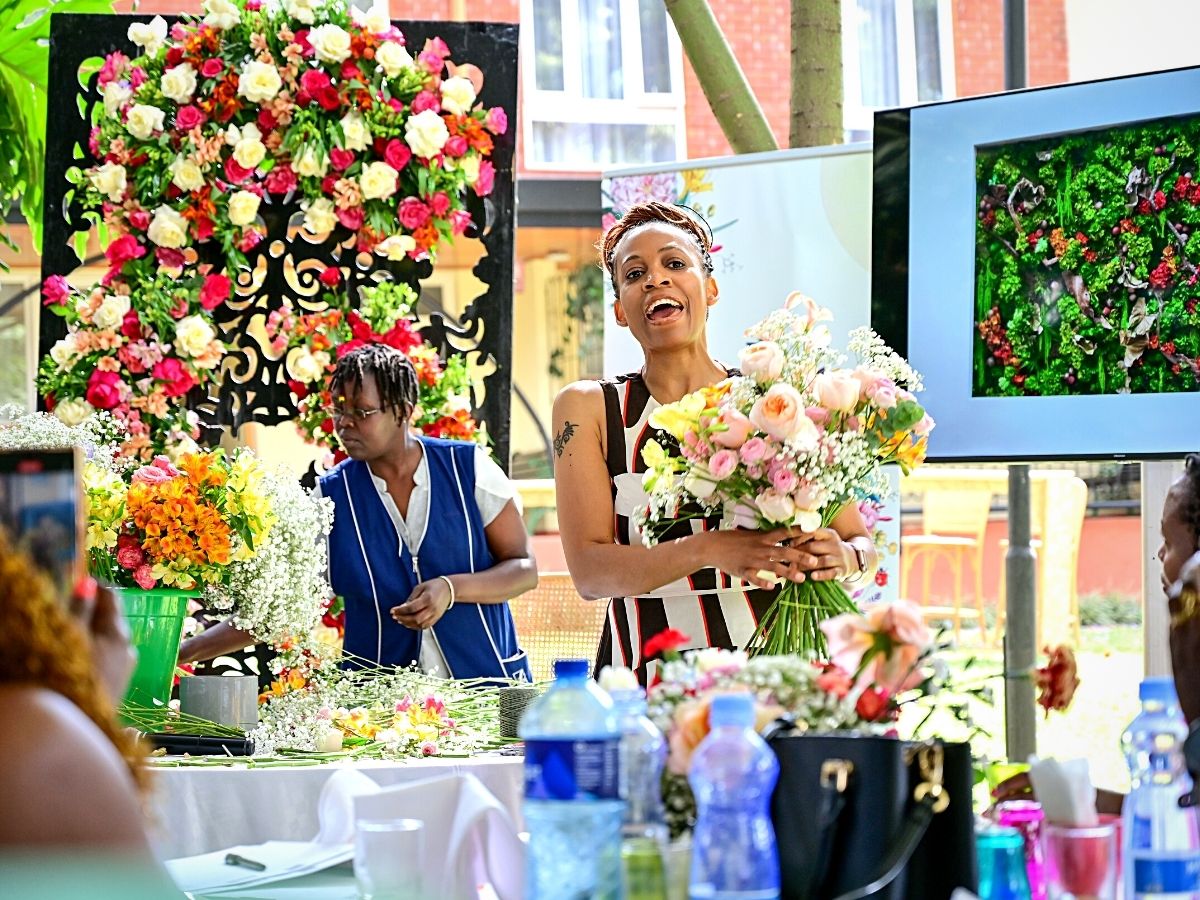
Down under, Aussie-based Campbell and Bradley Flowers, a supplier of beautiful fresh flowers to select supermarkets and independent grocers, is still yet another florist focused on sustainable floristry and is committed to remaining floral foam-free.
A host of other florists and floral designers from different parts across the world are similarly giving up floral foam and heading the no-floral-foam way as floral sustainability continues to take root in the general floriculture and floristry trade.
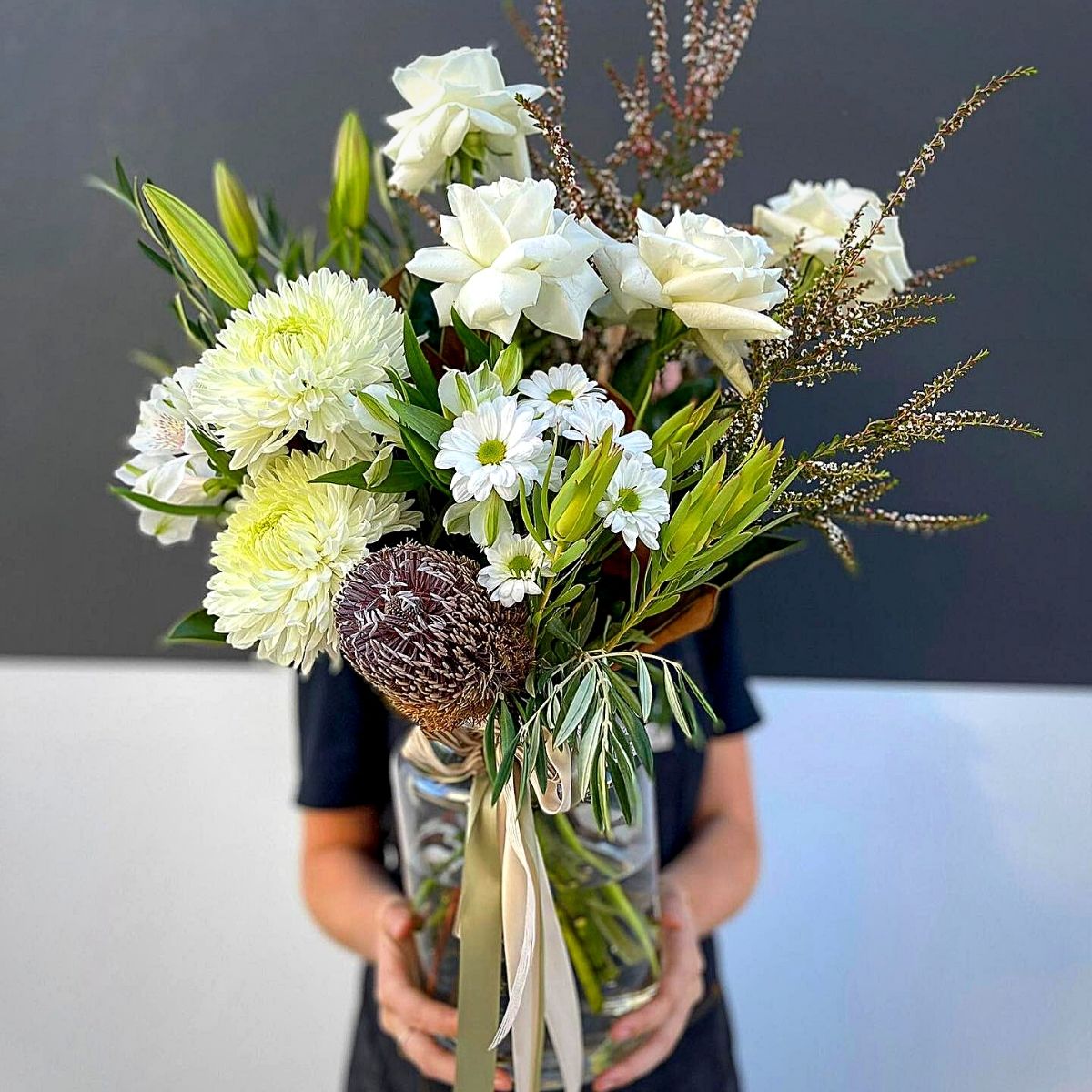
Bad in More Ways Than It Is Good
The material used to make floral foam is called phenol formaldehyde, and it is one of the oldest types of plastic. The block is made by reacting phenol and formaldehyde with each other to produce the plastic. Air is then added to turn it into foam. The foam is then treated with other ingredients to give it the unique ability to soak up water.
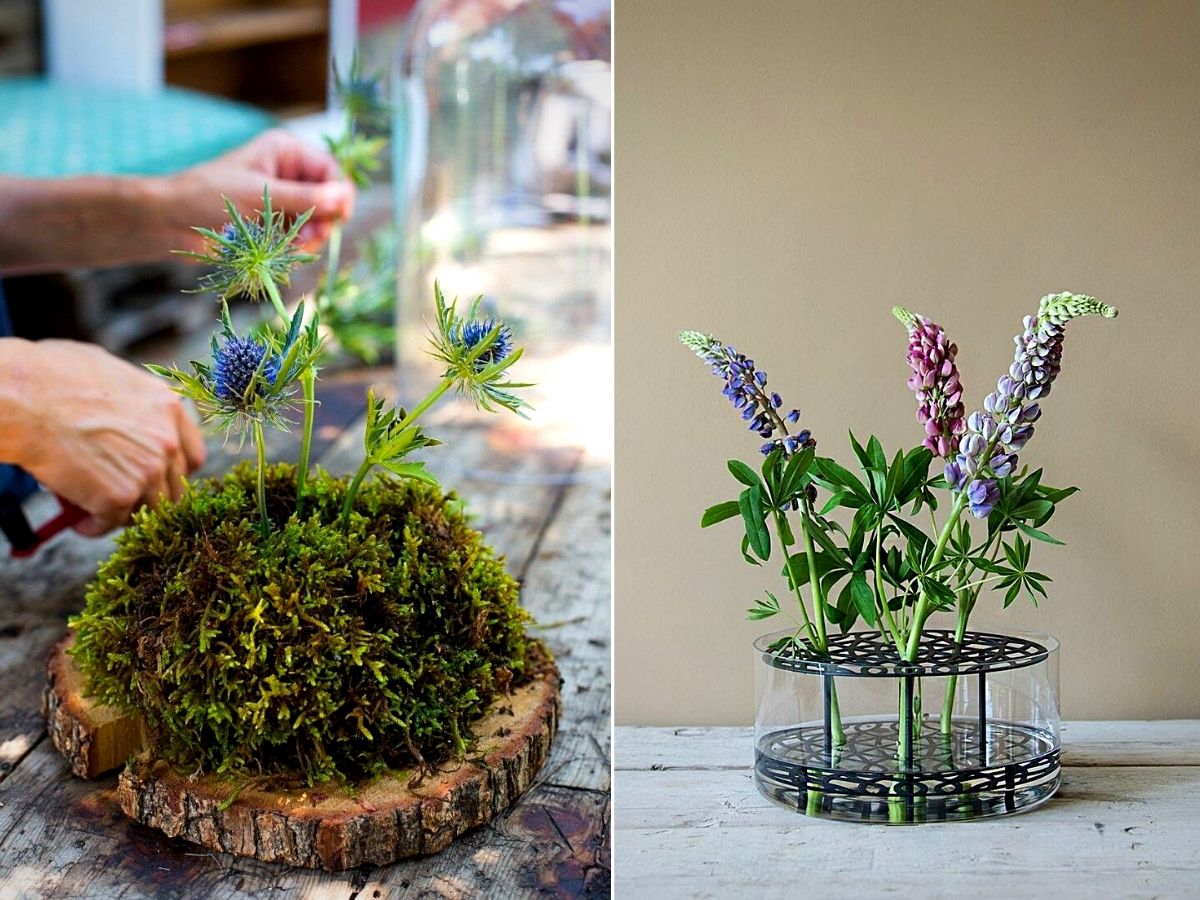
Photo by Gardenista and Edition3000
The foam is made with two toxic chemicals, which may not necessarily be harmful. There is usually almost no phenol or formaldehyde left in the finished product - less than 0.1 percent of each chemical. Even so, the microplastics it contains persist in the product. They remain harmful to both the environment and for human and wildlife health.

